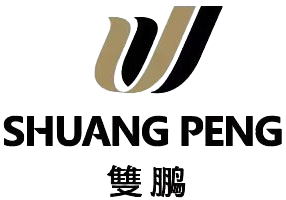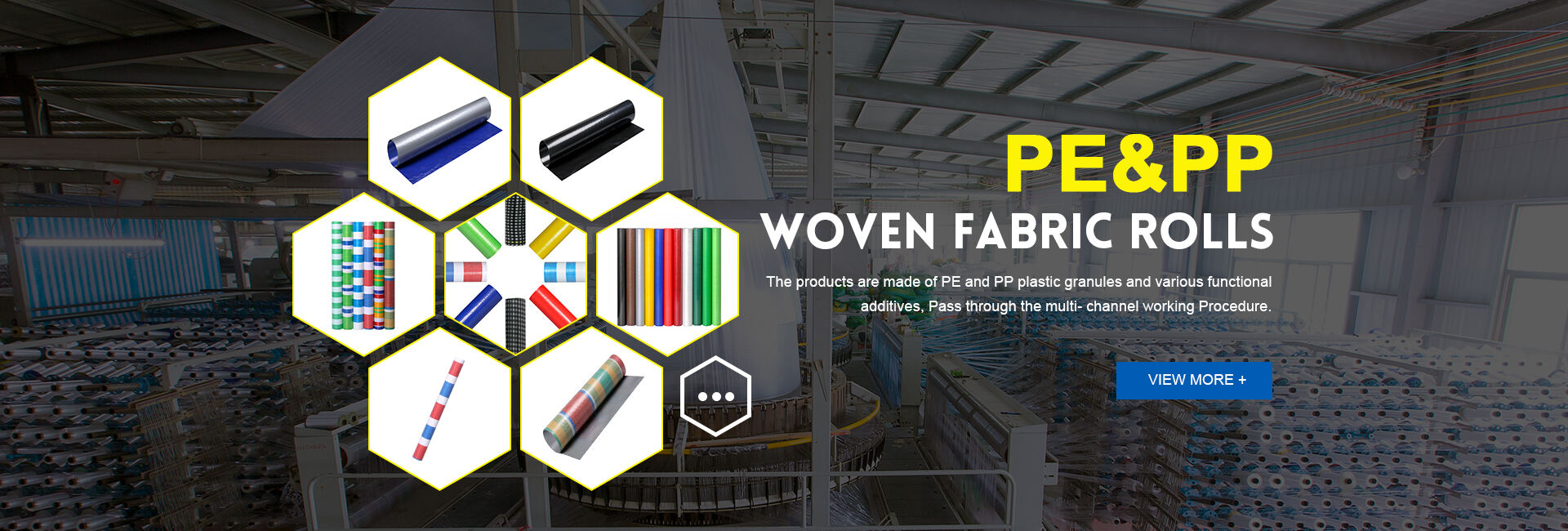"Unraveling the Versatility of Plastic Woven Fabrics: Durability, Functionality, and Innovation"
Plastic woven fabrics, often recognized under the more common name of polypropylene (PP) or polyethelyne (PE) woven fabrics, are a marvel of modern material science. These fabrics are produced from polypropylene/polyethelyne, a thermoplastic polymer widely appreciated for its durability, flexibility, and resistance to moisture and chemicals. The manufacturing process involves extruding molten polypropylene/polyethelyne through a die to create long, continuous filaments, which are then cooled and solidified. These filaments are woven into sheets, creating a strong, yet lightweight material that is incredibly versatile.
The strength-to-weight ratio of plastic woven fabrics is one of its most significant attributes. This makes it ideal for applications where robustness is required without adding excessive weight. It's commonly used in the production of packaging materials, such as bags, sacks, and covers, due to its excellent tensile strength and resistance to tearing. Its waterproof nature ensures that contents remain dry and protected, making it suitable for transporting goods in various weather conditions.
Moreover, plastic woven fabrics are highly customizable. They can be produced in a wide range of colors, patterns, and sizes to meet specific aesthetic or functional requirements. This versatility extends to their use in agriculture, where they are used as shade nets, mulch films, and protective covers for crops. In the construction industry, they serve as groundcovers, silt fences, and protective barriers, offering a barrier against erosion while allowing water to pass through.
Another key advantage of plastic woven fabrics is their cost-effectiveness. Polypropylene/polyethelyne is an affordable material, making the end products economically viable for both manufacturers and consumers. This, combined with the material's long lifespan, ensures a high return on investment.
In terms of environmental impact, while polypropylene/polyethelyne is a plastic and not biodegradable, it is recyclable. Many manufacturers are now implementing recycling programs to reduce waste and minimize environmental harm. This approach aligns with the growing trend towards sustainable manufacturing practices.
In conclusion, plastic woven fabrics, with their blend of strength, versatility, and affordability, have become indispensable in various industries. Their ability to withstand harsh conditions while maintaining integrity has cemented their place as a preferred choice for packaging, agriculture, and construction applications. As technology advances, we can expect to see even more innovative uses for this remarkable material, further enhancing its value in our daily lives and industries worldwide.

